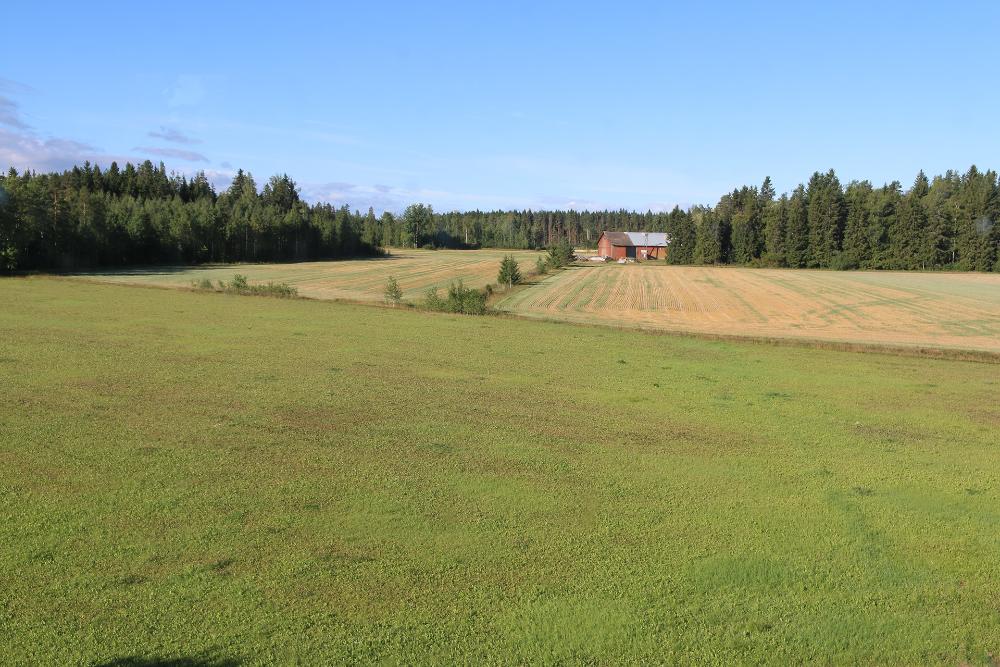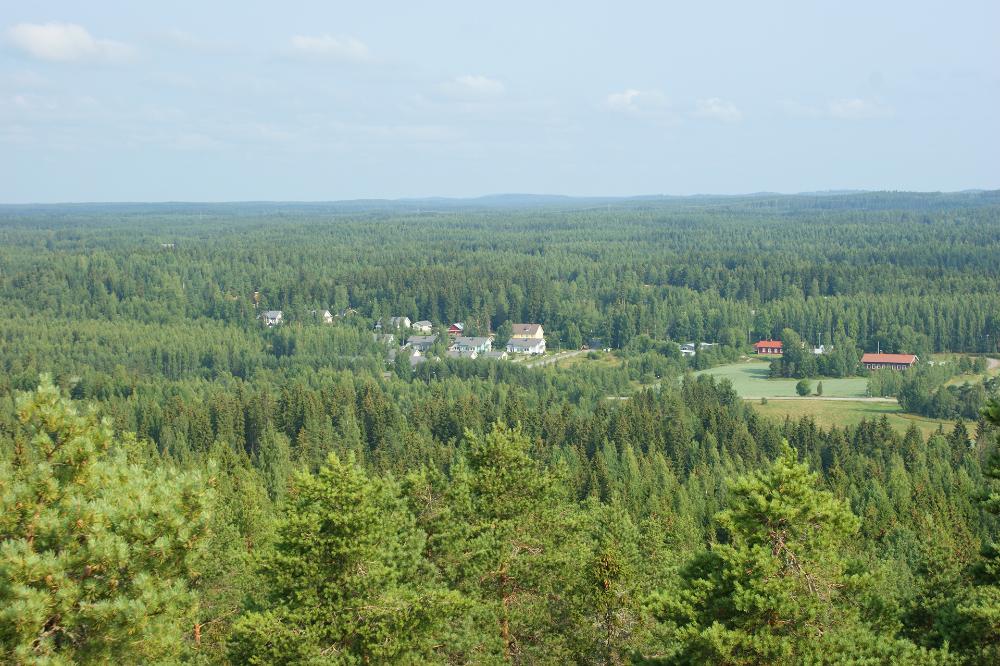Agriculture and forestry in Finland - MTK en
Agriculture in Finland
Finland is the world’s northernmost agricultural country. Finnish farmlands reach from the 60th latitude to north of the Arctic Circle. Although the growing season is short, Finland has good possibilities to produce tasty food with high food safety.

On the southwestern coast, the growing season can exceed 185 days, but in northernmost Lapland it is less than 105 days. The average temperature for the whole year varies in Finland between +5°C in the warm areas and -2°C in the cold areas. The growing season starts in April-May and ends in August-October. July is the warmest month, and January-February are the coldest.
In Southern Finland, the grazing season of cows lasts four to five months, and in the north three to four months.
Arctic agriculture in sparsely populated country
Finland has ample fresh air and clean water. Our sparsely populated country has little traffic and thus also low volumes of emissions from traffic jams. The hard frosts control plant diseases and kill pests, and that is why our pesticide use is lower than in rest of Europe.
We maintain the knowhow in arctic agriculture in Finland. We have bred varieties that do well in our cool and light summers. They manage to ripen during the short growing season. As an example, Finnish grain is in demand worldwide, thanks to its special characteristics and quality. Finland is one of the biggest producers and exporters of oats in the world.
We take good care of our livestock and production environment. We know how to keep animal diseases at bay. In Finland, antibiotics are used only to sick animals, not as a precaution. Finnish dairy, egg and meat products are free of salmonella. In Finland, piglets keep their tails and hens and broilers their beaks. Our methods of producing food is a model for the whole globe.
Key statistics of agriculture in Finland
Forestry in Finland

During the 20th century the management of the commercial forests of Finland adopted the system of periodic cover silviculture. This means that silviculture is organised into rotation periods. A rotation period begins when a new forest stand is established and ends after several decades, when most of the trees are harvested before regeneration of new forest stand. During the rotation period, the forest is tended by, for instance, thinnings, which means that small trees and trees with little economic value are removed. This leaves more growing space for the remaining, more viable trees.
The Forest Act, which came into force at the beginning of 2014, makes using continuous cover silviculture easier than before. Continuous-cover silviculture is also called uneven-aged forestry. Large clear fellings are not used in continuous cover silviculture. Forests are kept vital by removing single trees or making small-scale, at most half a hectare, clear fellings.
Ecologically, socially and financially sustainable forestry
Sustainable forestry combines three objectives. First, the ecological tolerance of nature must not be weakened. In other words, the environment may only be altered to the extent that nature is able to recover its former condition after the change. Secondly, the social and cultural values of forests may not be weakened, either. Thirdly, forestry must be financially profitable to all partners involved.
Forest management that is close to nature means that natural processes are emulated in forestry. Thus, the cyclical processes of nature are altered as little as possible, while still maintaining the financial profitability and social sustainability of forest management.
Forest destruction is prohibited by law
The destruction of forests was prohibited in Finland by the very first Forest Act in 1886. Currently, this prohibition means that after regeneration felling, the forest owner must within a due time ensure that a new forest is established to replace the one felled.
The method of setting up a new forest depends on the type of habitat. In general, seedlings are planted on productive lands because they are capable of competing for space with grasses. On poor, grassless lands, seeds may be sown. These two methods of establishing a forest are called artificial regeneration.
A forest may also be established through natural regeneration. This means that a sufficient number of large trees are retained to provide seeds for a new stand. The retained trees are usually felled after the seedling stand has been established.
In continuous cover silviculture, the standing trees provide seeds for the new trees for the small clearings.
Silviculture aims for roundwood
The average annual felling area in Finland is a generous two percent of the forest area. About two thirds of this consists of thinnings, while the rest is made of regeneration.
The aim of silviculture is to maximise the yield of most valuable roundwood in the forest. To qualify as roundwood, a tree must be sufficiently straight and stout, which is why roundwood is harvested particularly in the end of the rotation period. Roundwood is processed by sawmills into plywood, planks and boards, and is used to make furniture or houses, for example.
Thinner trees are called pulpwood, which are harvested particularly in thinnings. Pulpwood and chips, which are by-products of sawmills, are sent to pulp mills because they are good material for paper and cardboard. The sawdust produced by sawmills is used either in board manufacturing or for the generation of energy.
Harvesting also produces residues – the crowns, branches, twigs and stumps of trees. An increasing proportion of this is gathered in to provide a source of energy for power plants.
State subsidies safeguard forest management
The state subsidises the forest management undertaken by private forest owners. The aim is to safeguard the continuous growth and health of Finnish forests.
